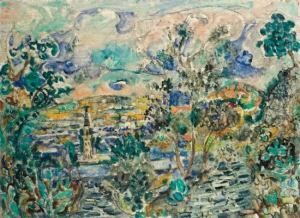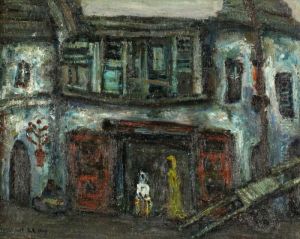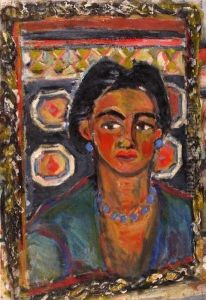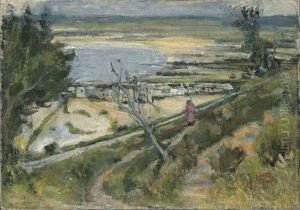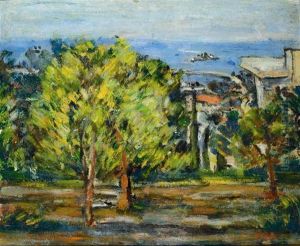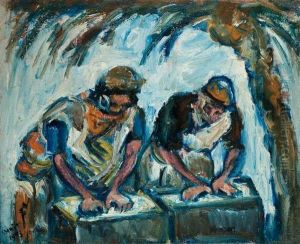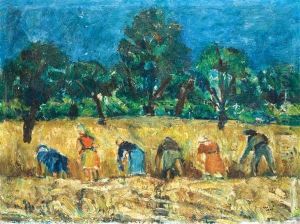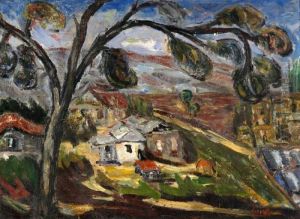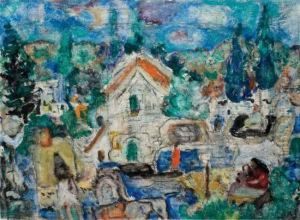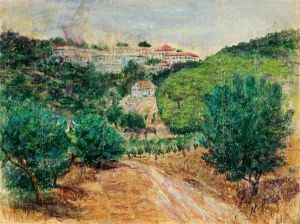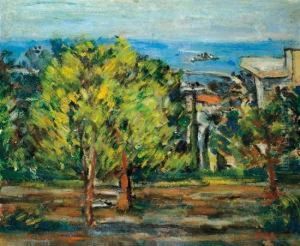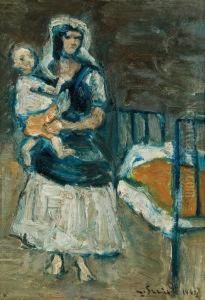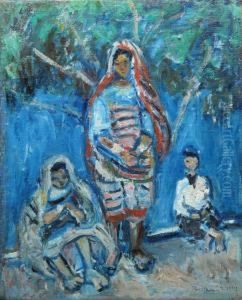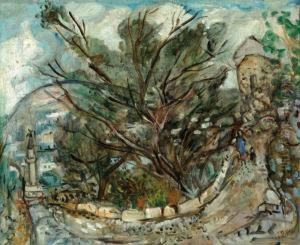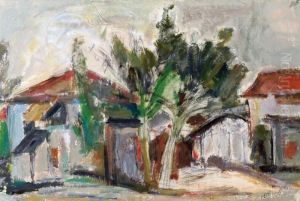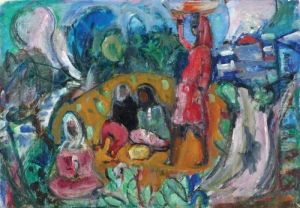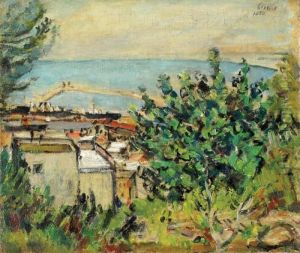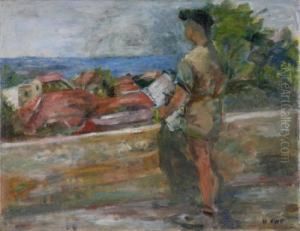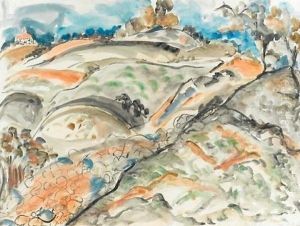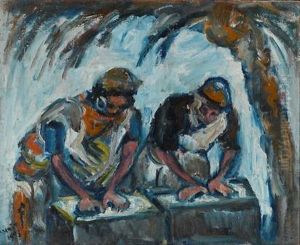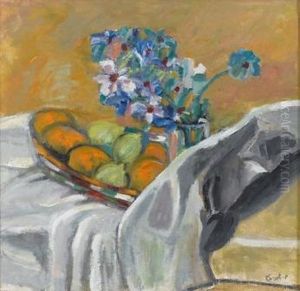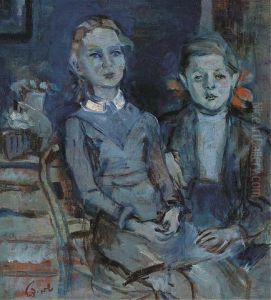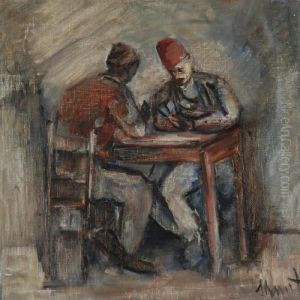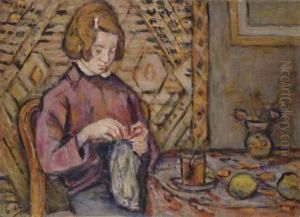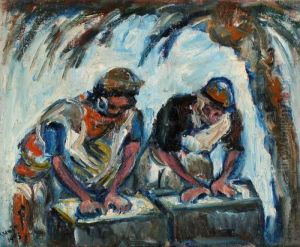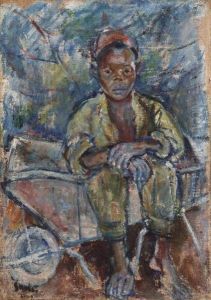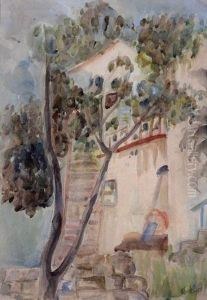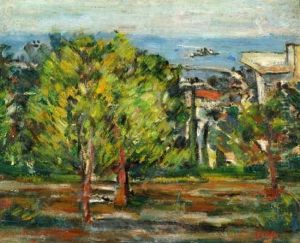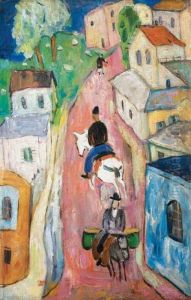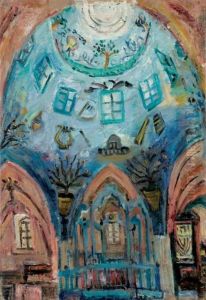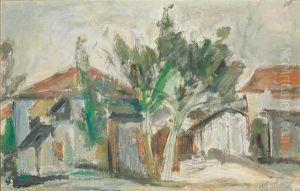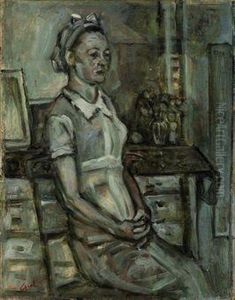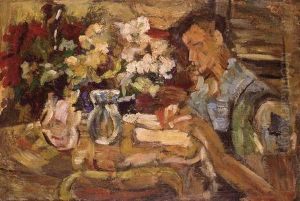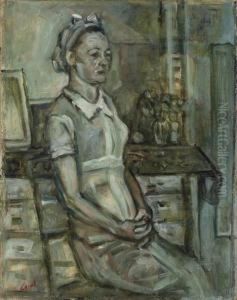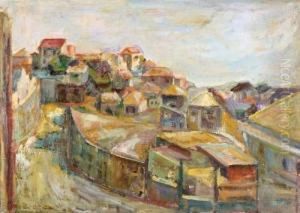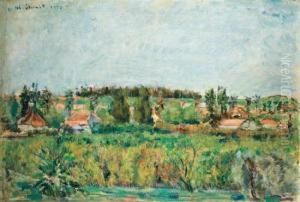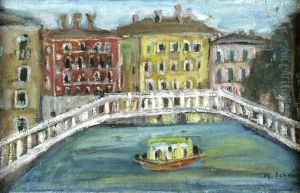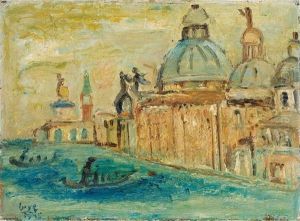Menachem Schmidt Shemi Paintings
Menachem Schmidt Shemi was an Israeli painter known for his contributions to the development of modern Israeli art. Born on October 20, 1897, in Kishinev, then part of the Russian Empire (now Chișinău, Moldova), Shemi grew up in an environment steeped in Jewish culture and tradition. His early artistic talent was nurtured in Russia, where he initially studied art.
In 1914, Shemi moved to Odessa to continue his art education, embracing the vibrant artistic scene there. His studies were interrupted by World War I and the subsequent Russian Revolution. During this tumultuous period, he served in the Russian army and was exposed to new artistic movements, which influenced his developing style.
After the war, Shemi immigrated to the then British Mandate of Palestine in 1920, where he became part of the burgeoning local art scene. He was one of the pioneers in the field, and his work reflected a fusion of European art movements with Middle Eastern themes and landscapes. He was deeply influenced by the light and landscape of his adopted country, which had a profound impact on his palette and subject matter.
Shemi was a member of the Association of Painters and Sculptors in Israel and participated in numerous exhibitions both in Israel and abroad. His paintings often depict the Israeli landscape, rural life, and biblical themes, characterized by their vivid colors and dynamic brushwork.
In addition to his painting career, Shemi was also an influential teacher, imparting his knowledge and passion for art to the next generation of Israeli artists. He taught at the Bezalel Academy of Arts and Design in Jerusalem, helping to shape the institution's direction and the development of Israeli art.
Menachem Schmidt Shemi passed away on August 21, 1951, in Israel. His legacy continues to be celebrated in the Israeli art world, and his works are included in various public and private collections, both in Israel and internationally. Shemi's contribution to the cultural fabric of Israel is recognized for its role in laying the groundwork for contemporary Israeli art.
